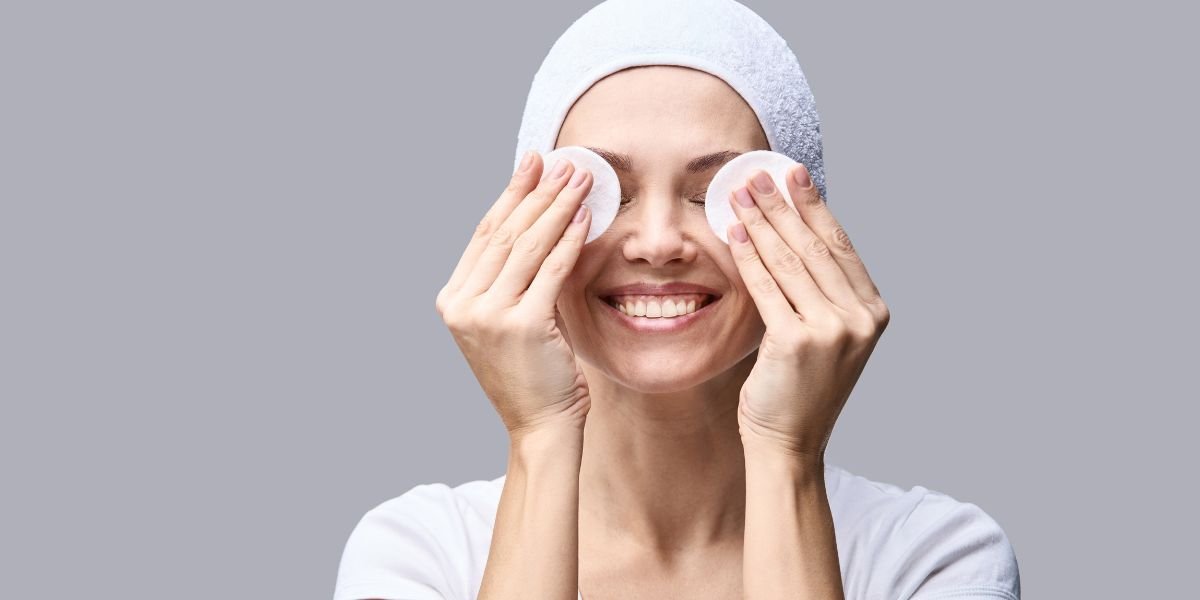
When navigating the realm of clean beauty products, you may find yourself pondering the complexities of deciphering labels and ingredients. As you stand in front of shelves filled with promises of purity and effectiveness, how do you discern what truly aligns with your values and skincare needs? The process of selecting the best clean beauty products involves a meticulous consideration of various factors, from understanding the significance of labels to evaluating the impact of harmful substances. However, there is more to this journey than meets the eye; let's explore the intricacies together.
Understanding Clean Beauty Labels
To navigate the world of clean beauty effectively, you should understand how to interpret clean beauty labels. Clean beauty labels often boast terms like 'natural,' 'organic,' or 'non-toxic,' but these can be misleading if you don't know what they truly mean.
When you see 'natural' on a label, it indicates that the product contains ingredients sourced from nature, but it doesn't necessarily mean the product is entirely free from synthetic substances. On the other hand, 'organic' signifies that the ingredients were grown without synthetic pesticides or fertilizers, promoting a more sustainable approach.
Additionally, 'non-toxic' implies that the product doesn't contain any harmful substances that could potentially harm your health. By familiarizing yourself with these terms and understanding what they entail, you can make more informed decisions when selecting clean beauty products that align with your values and preferences.
Identifying Harmful Ingredients
Understanding harmful ingredients is crucial when choosing clean beauty products to protect your well-being. To identify harmful substances, start by looking out for common offenders like parabens, sulfates, phthalates, and synthetic fragrances. Parabens, often used as preservatives, can disrupt hormone function, while sulfates may cause skin irritation. Phthalates, found in fragrances, have been linked to reproductive issues. Synthetic fragrances can contain numerous undisclosed chemicals, potentially causing allergies or other health concerns.
Additionally, ingredients like formaldehyde-releasing preservatives, oxybenzone, and triclosan should be avoided due to their potential adverse effects on health. Familiarize yourself with these harmful ingredients by checking product labels and researching their potential impacts. Opting for clean beauty products free from these harmful substances can help safeguard your health and well-being. Prioritize products with transparent ingredient lists and certifications from reputable organizations to ensure that you're making informed choices for a healthier beauty routine.
Researching Brands and Certifications
When exploring clean beauty products, it's essential to delve into researching brands and certifications to make informed choices for your beauty routine. Start by looking for brands that align with your values and prioritize transparency in their ingredients and sourcing practices. Take the time to research the brand's mission, ethos, and overall reputation within the clean beauty community.
Certifications play a crucial role in verifying a product's claims of being clean and non-toxic. Look for certifications from reputable organizations such as EWG Verified, Leaping Bunny, COSMOS Organic, or USDA Organic. These certifications ensure that the products have undergone rigorous testing and meet specific standards for clean beauty.
Additionally, consider the brand's sustainability practices, ethical sourcing, and commitment to environmental responsibility. Choosing clean beauty products from brands that prioritize sustainability can have a positive impact not only on your skin but also on the planet.
Testing and Assessing Product Performance
For a more comprehensive understanding of clean beauty products, regularly test and assess their performance to determine their effectiveness for your skincare routine. When testing a new product, start by patch testing on a small area of skin to check for any adverse reactions. Once you've confirmed its compatibility with your skin, incorporate the product into your routine and observe how it interacts with your skin over time.
To assess the performance of a clean beauty product, pay attention to changes in your skin's texture, hydration levels, and overall appearance. Take note of any improvements or concerns you may have after using the product consistently. Consider factors like scent, absorption rate, and how well it layers with other products in your routine. Keep track of these observations to help you decide whether the product aligns with your skincare goals.
Regularly testing and assessing clean beauty products allows you to make informed decisions about which ones work best for your skin type and concerns. By actively engaging with the products you use, you can tailor your skincare routine to optimize results and achieve healthier, glowing skin.




